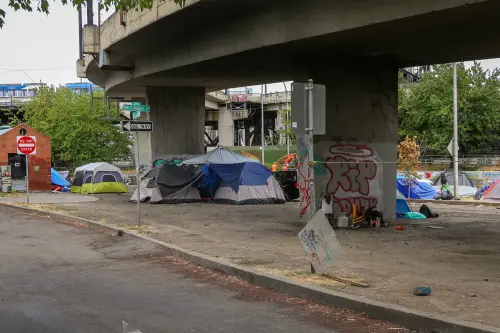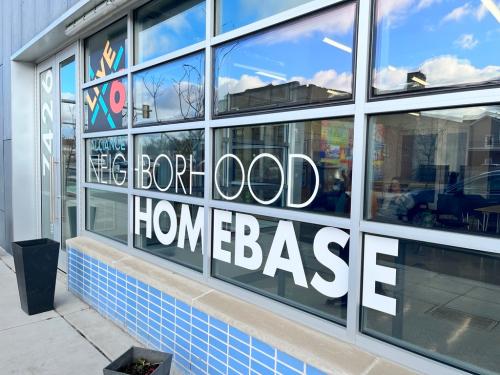The growth of suburban poverty over the past two decades raises questions about the ability of nonprofit organizations to adapt to this relatively new geography of metropolitan poverty. These organizations play multiple roles, including providing basic safety net services, connecting residents to new opportunities, and serving as advocates (and sometimes as organizers) for low-income communities.
Although federal, state, and local governments are often the primary funders of nonprofits, governments do not often take the lead in creating new organizational capacities or in coordinating capacity across political jurisdictions. In many regions, the local philanthropic community has become aware of these gaps in services for the poor and has sought to assist the nonprofit community in building capacity and expanding activities. Local foundations are experimenting with various strategies to address the growing dispersion of poverty.
This analysis combines an original data set of foundation grants for social services with in-depth interviews to assess the role of foundations in supporting the suburban social safety net in the Atlanta, Chicago, Denver, and Detroit regions. It finds that:
Suburban community foundations in the four regions studied are newer and smaller than those in core cities, despite faster growth of suburban poor populations. In the regions studied, most suburban community foundations began operating in the 1990s, and have not accumulated significant asset bases. Some larger city-based foundations have taken a regional approach, but face restrictions on the extent to which they can address growing need in poor suburban communities.
The share of foundation dollars targeted to organizations serving low-income residents varies widely across regions, but relatively few of those dollars are devoted to building organizational capacity in the suburbs. Chicago saw the largest share of foundation grant dollars go to organizations serving low-income people (60 percent), while Atlanta posted the lowest share (19 percent). Detroit was the only region where total grants to suburban-based human service providers were relatively comparable to their city-based counterparts.
Suburbs with high rates of poverty have substantially fewer grantees and grant dollars per poor person than either central cities or lower-poverty suburbs. Though metropolitan Atlanta has the highest rate of suburban poverty among the regions studied, it has the lowest rate of suburban grant-making per poor person. Denver’s results are a mirror image of Atlanta’s, with the lowest poverty rate and highest suburban grant-making per poor person.
Four types of strategies to build and strengthen the capacity of the suburban safety net are showing promise in these regions. Each region is engaging in four types of capacity building strategies: supporting existing regional organizations, creating new regional organizations, supporting regional networks, and establishing new suburban community foundations.


